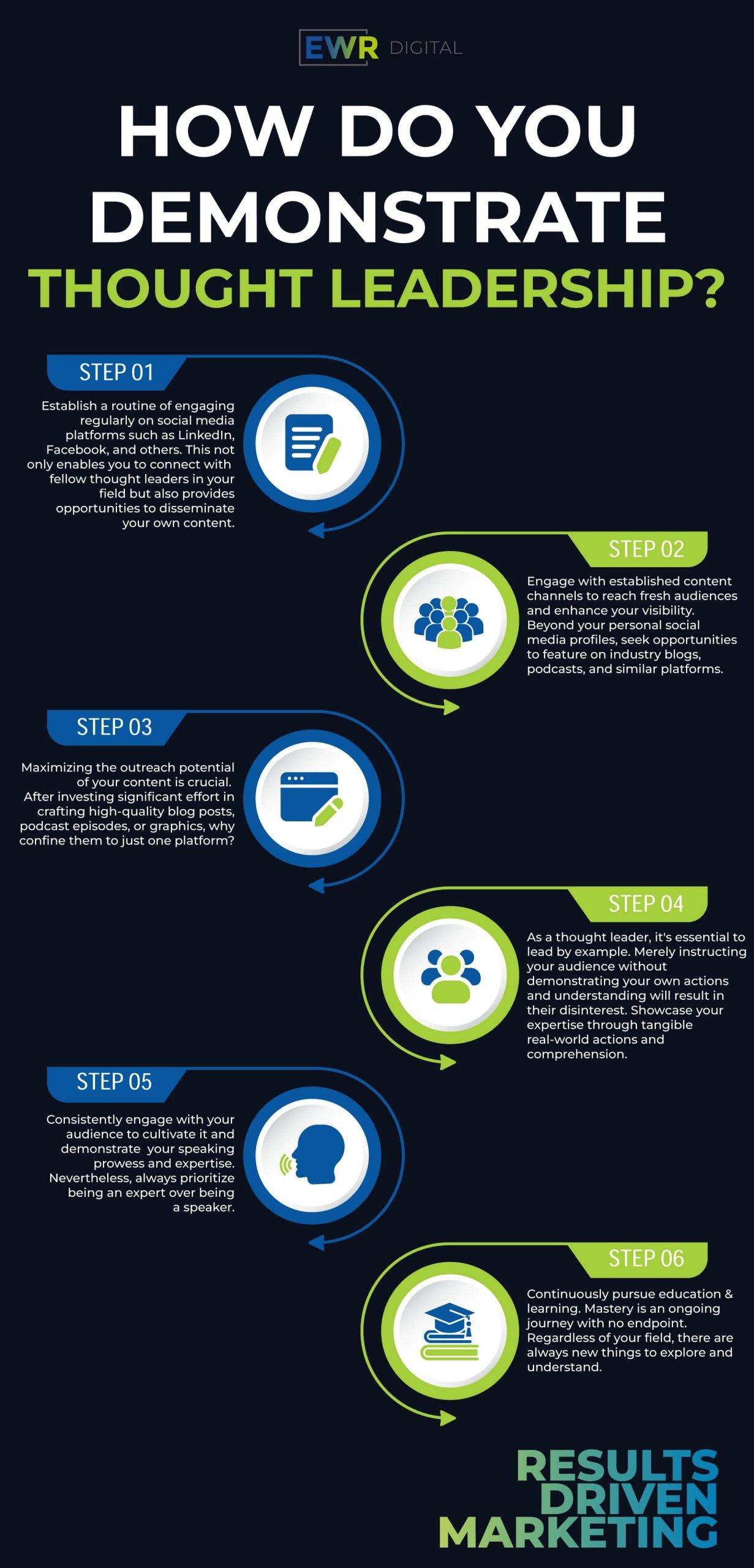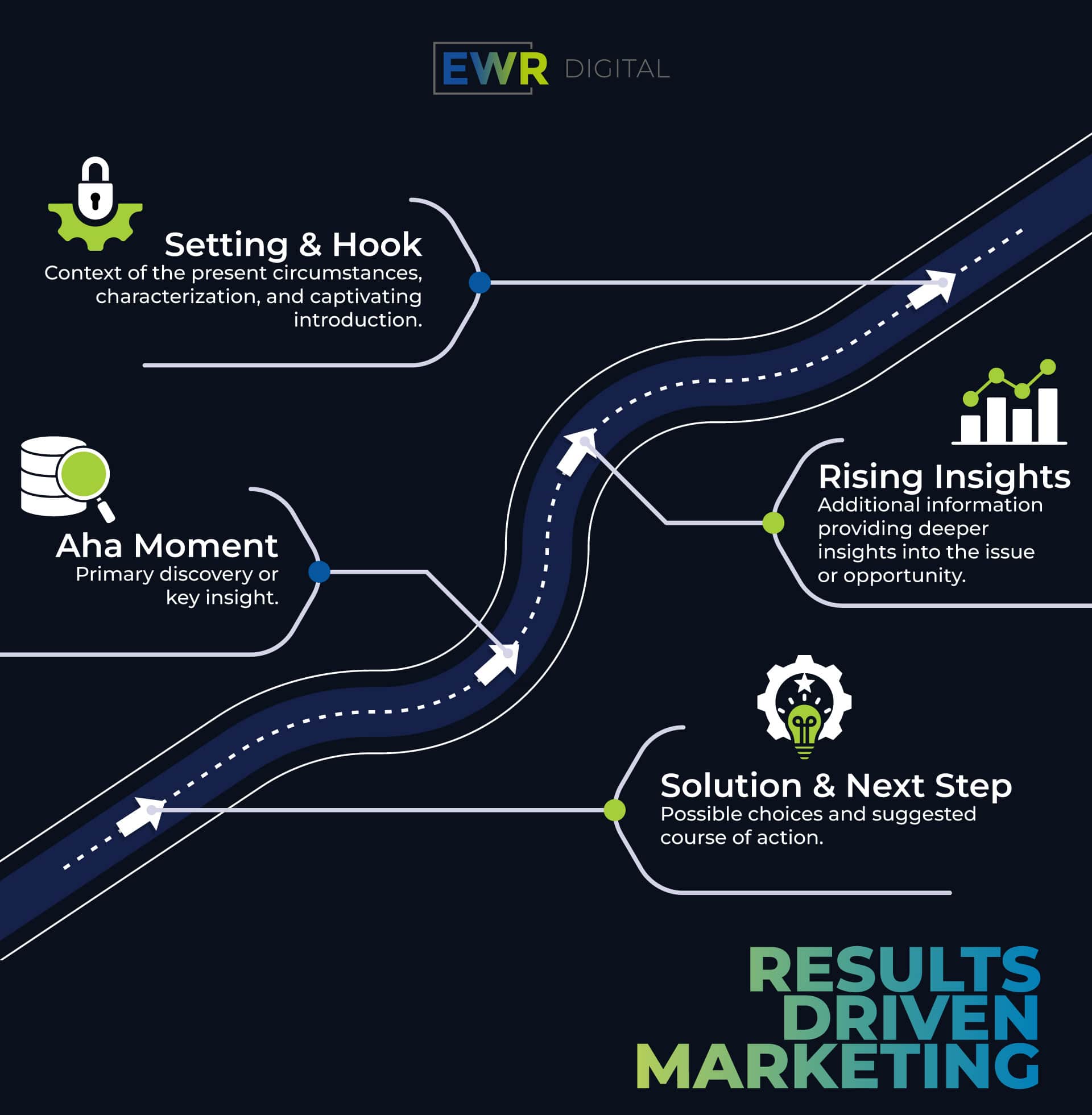
As of 2015, there are over 27 million entrepreneurs in the United States, it’s now 2024. Industry competition is stiff in any niche, and the sheer volume of other successful business owners doesn’t make things any easier. Luckily, there are a few strategies you can implement to help you stand out. Brand storytelling and thought leader are a reliable method you can use to further resonate with your target audience and provide insight into what your business represents.

Not sure where to start? Don’t worry, we’ve got you covered. Let’s take a look at everything you need to know about brand storytelling.
1. Authenticity Goes Far
A critical aspect of brand storytelling is the level of authenticity you portray.
This means that you should avoid embellishment at all costs.
For example, if you start from humble beginnings, it is nothing to be ashamed of.
A strong sense of humility is something that breathes life into your brand. Struggling to get things started is something that most people can relate to. So, don’t feel tempted to hide where you came from.
This level of honesty will establish a foundation built on trust with your customers and inspire them to learn more about your brand and what it has to offer.
Once they see that you’re consistently authentic and transparent in all your business endeavors, they’ll develop deep-seated respect for you; a level of respect that’s hard to come by these days.
Where many companies are still left grasping at straws—continually trying to hard-sell to their audiences through cold calls and other forms of lackluster persuasion.
2. Audience Resonance is Vital with Brand Storytelling
So far, you’ve been honest about who you are, where you came from, and what you want to do.
That’s great! Unfortunately, it won’t mean much if the story you tell isn’t relevant to your audience.
So, how do you choose segments of who you are as a brand and use them to build the perfect story for your audience?
Well, it’s not always so simple.
In this case, you’ll have to do some research—sometimes extensively.
Know Your Audience
All compelling storytellers will tell you to know your audience before putting pen to paper. Why? Because us humans tend to take action based off of emotion; not logic. And if you can relate to your audiences’ wants, needs, and desires, you might as well have shot a bullseye!
Let’s assume, for a moment that you own a small company that markets comfortable running shoes for people trying to get back into shape. It wouldn’t be wise to sell your brand to people who want to push themselves to the absolute limit (marathon runners, triathletes, etc.).
Instead, a compelling story would focus on how the company owner was trying to lose weight but found running (and even walking) to be painful on his knees. Thus, XYZ company created specially designed shoes and clothes to help him reach his goal.
What Makes A Great Story?
Think about your favorite film. I’m willing to bet the reason you loved that film so much is because you sympathized with the fears and dreams of the protagonist. And, most importantly, rooted for their success every step throughout their journey.
We all love to see the underdog get the dream girl or conquer the bad guy at the end of the film. Why? Because we’ve all been the underdog at one point of our mundane, non-Hollywood directed lives.
What does this mean? People want a brand to tell a story that they can deeply resonate with, and that involves knowing your audience at their core.
When it comes to research, a great place to start is by asking yourself a handful of basic questions about your audience. These can include:
- What motivates my audience?
- What is the desired action of my target audience?
- What are their fears, and how can I help lessen those fears?
- How does my brand help them reach their goal?
- What demographic groups are most likely to take the desired action?
In other words: If something solves a problem, people will often pay for it.
To get started, you can use Google’s Keyword Planner to see what people in your target demographic are searching for online.

3. Showcase The Problem and Provide a Solution for it
Using the example above, that company has both shown the issue (pain while exercising) and the solution (special shoes) through their brand story.
Unfortunately, it isn’t always this easy.
Pain while exercising is an issue that directly affects your audience. But, what about problems that don’t necessarily affect your audience, but are still causes for concern?
For example, environmentally conscious companies are businesses that need to appeal to the “soft” issue of their audience. Same goes for companies that pride themselves on their ethically made products.
Since climate change and sweatshops don’t pose an immediate threat to your target demographic, you’ll need to get creative in how to show this issue.
Hard facts and statistics can play a significant role here. Though, you also want to show your audience how their involvement with your brand can make a difference.
Ultimately, the core lesson here is to do everything you can to tell your brand story in a way that sets your company up as the #1 solution to solve your audience’s problems.
4. Development Over Time
One-dimensional characters in film and fiction that stay the same throughout the story are boring and unrealistic.
People want to see complex characters that change and develop dramatically throughout a story.
After all, people change as they age and become more mature. So should your brand.
Pay Attention to your Brand Voice
Your brand story isn’t finished when you decide to launch your product or service. In fact, it’s just getting started.
You’ll want to treat your brand like it’s a character developing in a story. This means paying extra attention to the “voice” you have when writing content on your website or in ads.
This voice should match both what you offer your audience and the tone of the issue you’re resolving.
For example, it’s probably not a great idea to use humor for serious issues like depression, alcoholism, etc.
The more depth you can give your brand as a character, the more you’ll stand out among other businesses.
But, remember, similar to the main character in a movie or book—brand development takes time. Regardless of your particular niche, acknowledgment of trends and social issues will show that your business is refreshingly self-aware.
How to Tell Your Brand Story
Your brand’s story is yours to tell. Make sure to:
- Focus on your audience’s needs, wants, and desires.
- Provide a life-changing solution to your audience’s core problems.
- Develop your brand story over time
And, most importantly, remain authentic every step of the way to build trust with your audience.
With key knowledge of brand storytelling in mind, you’ll be well on your way to sending a memorable message to your audience in no time.
Next up, you need to figure out how to measure it.
Want to learn more tips about succeeding as a business owner? This article has plenty of useful info.
Watch this short video below to hear about our brand story that has been developing since we started over 25 years ago building this agency in 1999!:

